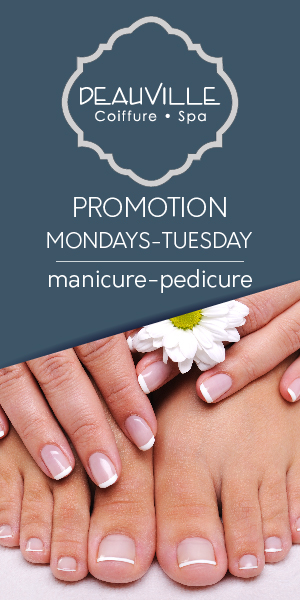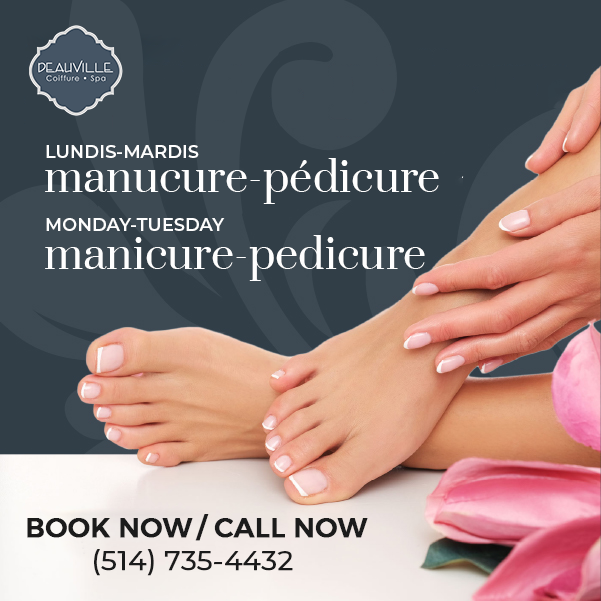
In the 1980s, hair color celebrity endorsements began to become a trend. Hair color brands secured the top Hollywood stars to become brand ambassadors. Starlets have long served as the inspiration for hair color. Read on for tips on choosing your perfect hair color. Here are some examples of famous hair colors:
The balayage method involves hand-painting strands of hair with various shades of brown or blonde. This method is easy to maintain and looks natural as it grows out. The first step in dyeing hair is choosing a base color. Brone is a shade that blends blonde and brown hair, often achieved by balayage. Brone is another popular shade that combines the best of both. Depending on your hair type, you can choose from a range of hair colors to make the look work for you.
Once you’ve chosen a base color, it’s time to decide on your tone and the shade of highlights. Highlights are often defined by contrast. Highlights with high contrast are significantly lighter than surrounding hair, providing a dramatic effect. Low-contrast highlights have a more natural appearance. Moreover, tone refers to the overall color of the hair. Natural tones are formed when all four pigments are present. Cool colors tend towards blue or green. Warm colors have hints of gold or copper.
Permanent hair coloring products are applied by depositing the new color into the cortex of the hair. The process involves a two-step procedure: first, the color is stripped from the hair and then deposited with the new one. Permanent color is similar to lightening, as the pigment in hair color penetrates the cuticle. Afterwards, the color is deposited into the cortex. If you want to change the shade of your hair color, you can shampoo and condition your hair before and after the color.
The type of melanin in hair is determined by several genes. Melanocortin 1 receptor (MC1R) is the most studied hair color gene in humans. This gene codes for the melanocyte cell type. It regulates the production of melanin by melanocytes. Other genes regulate melanocytes. It’s important to note that there are countless others that influence hair color. For instance, some people are born with dark hair while others have light or red hair.
Most hair-dye products contain reactive chemicals, called dye intermediates. These chemicals react with an oxidizing product to produce coloured compounds. A dye precursor, also called an imine, is oxidized by an oxidizing agent (also known as a developer). The imine reacts with a modifier, or coupler, to form the color in the hair. This process takes several hours, but results in a permanent hair color.



